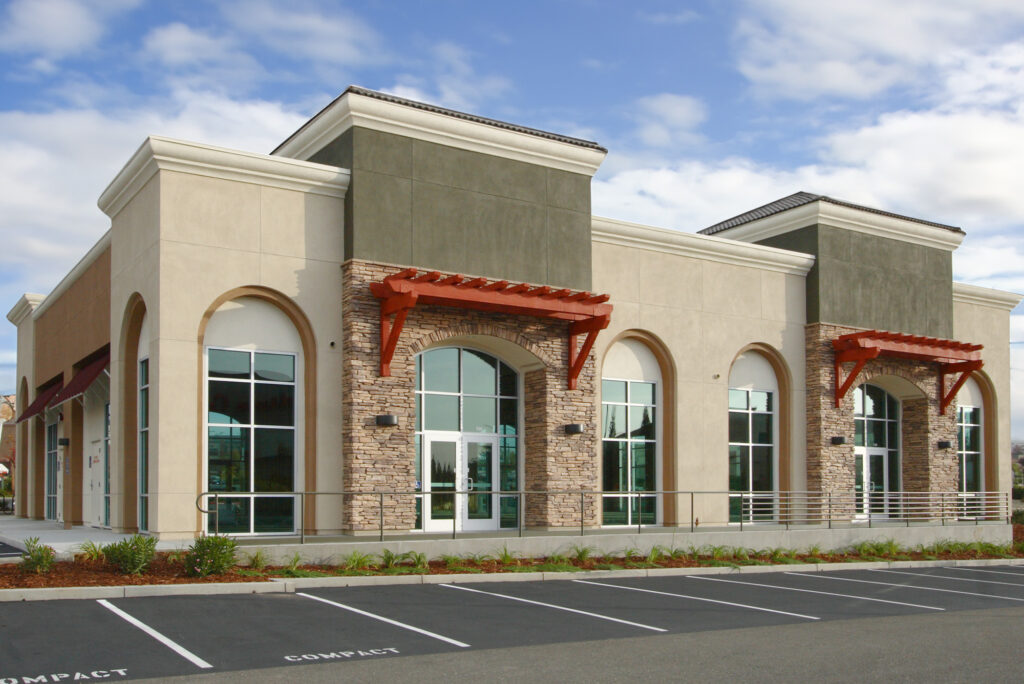
Search Engine Marketing Powers Business Growth
Originators need an online presence, not just a website, to attract borrowers
During the first half of the year 2000, Google handled about 18 million searches per day. Today, it reportedly averages 5.5 billion searches per day. That translates to 3.8 million searches per minute. It’s an impressive number that’s hard to ignore — especially if you’re a business owner who wants to grow.
Unfortunately, many independent mortgage brokers aren’t using search engine marketing as a means to generate business. Understanding the benefits of search engine marketing and how to use it is essential to the success of every business, large or small. If you don’t learn how to use and take advantage of it, you’re missing an opportunity for growth and leaving your business at risk from competitors.
Fortunately, Google has developed a new program for small-business owners that can help them to take advantage of search engine marketing. Best of all, it’s free. Originators will help themselves by understanding how this works.
Marketing evolution
In the past two decades, internet search engines have entirely changed the way that people look for products or services. Although big brands still use traditional advertising channels like television, radio and print to generate brand awareness and interest, being present on a search engine results page has become the “Zero Moment of Truth,” or ZMOT, for companies of all sizes.
First identified by Google in 2011, ZMOT refers to the point in the buying cycle when a person researches a product or service using an online search inquiry, then makes a purchase decision or inquiry based on reviews and rankings provided by others. This new dynamic not only changed the way companies convert interest into sales, but it also leveled the playing field for smaller competitors by providing a means to steal market share.
Before search engines existed, companies stimulated interest in their products through traditional advertising like TV. When consumers went to a store and encountered the product on a shelf, this was called the “First Moment of Truth,” or FMOT. These few precious seconds provided the best chance of converting brand awareness into product sales. To make the most of this moment, brands devoted significant budgets to packaging and product displays that turned store visits into sales.
With the development and adoption of internet search engines, consumers started to research products and services online after seeing a TV, radio or print ad. They began to base their purchase decisions on the reviews and ratings of other consumers. The search engine results page replaced the store shelf as the battleground for converting interest into sales.
Major brands realized that responding to these questions at just the right time through a well-crafted search engine ad allowed them to convert consumer interest into a click to their website and a sales opportunity. The First Moment of Truth that once ruled the store shelf got replaced by the Zero Moment of Truth that now rules the internet.
This also provides an opportunity for smaller companies, including those in the mortgage industry. For example, when a person searches online for a brand name or product, they often see ads from other companies offering similar products or services. This dynamic allows competitors to create ads that are designed to steal interest and market share from their competitors. Smaller companies quickly learned that their limited budget and resources produced more sales when devoted to search engine marketing.
Organic vs. paid
When viewing the results of an internet search, you’ll see both “organic” and “paid” listings. It’s essential to understand the difference.
The results pages of a search engine usually places paid search ads at the top of the page. These ads typically include the word “ad” inside a small box under the ad’s headline. When consumers use an internet search engine to find information on a product or service, the search engine looks for keywords in the search text to create a list of companies that bid on these keywords. The highest bidder receives the top position, followed by up to nine additional paid ads per page.
In contrast, organic search listings refer to unpaid, natural rankings determined by search engine algorithms. They usually follow paid ads at the top of the page. Although the major search engines don’t disclose how their search algorithms rank and place organic search listings on the results page, most experts agree it’s related to the quality, content and historical traffic of the web page found by the search engine. The search engines use this data — and other factors — to assign a page rank and its relative position on the results page.
It’s also essential to understand the difference between paid search advertising and traditional channels like TV, radio and print advertising. Traditional channels usually require advance payment based on the estimated impressions (views) your ad will get.
With paid search advertising, you only pay when someone clicks on your ad. There are three advantages to this. First, your cost per click to drive traffic to your website will be pennies on the dollar. Second, when people don’t click on your ad, it’s still a great way to get your company’s message in front of potential clients. And third, ads served on a mobile phone can include a click-to-call link that drives telephone calls to your business.
Search engine optimization, or SEO, is the practice of improving the quantity and quality of traffic to your company’s website through organic (free) listings displayed by internet search engines. This practice focuses on improving your page rankings by providing all of the necessary information about the business practices, products or services required to make your website more attractive to search engine algorithms.
In contrast, search engine marketing, or SEM, is the practice of building a list of “keywords” you wish to target to reach people who may be prospects for your products or services based on their internet search inquiry. This exercise also includes the development of paid search ads, including headlines and text, to attract the attention and interest of individuals who are searching for your products or services.
For example, if you offer mortgages for investment properties, you can target potential clients by including content on your website containing “investment property loans” as a focus keyword that search engines will display in their organic search listings. At the same time, you also can target potential clients by bidding on the same keyword to serve paid advertising at the top of the results page.
Online dynamic
So, how can smaller, independent mortgage brokers take advantage of paid and organic searches to compete against large banks and mortgage lenders who have substantial marketing budgets and resources to support their origination efforts? First, make sure you have an online presence, and that doesn’t simply mean having a website.
“If you have a website and nobody knows about it, your website doesn’t exist.”
It’s essential to understand that having a company website and having an online presence is not the same thing. If a tree falls in the forest and no one hears it, it doesn’t matter if it makes a sound. If you have a website and nobody knows about it, your website doesn’t exist.
In the internet world, presence means your website is designed to be found by internet search engines such as Google, Bing, Yahoo and others. When people initiate a search related to any of the mortgage programs you offer, you want to be sure your company shows up on the search engine results page. Ignoring the importance of this new dynamic will make your company less competitive.
Second, think local. As a smaller, independent mortgage broker, don’t try to compete head to head with larger mortgage companies. Play to your strengths. When borrowers search for a mortgage broker, they often include a local market qualifier — for example, “investment property loans in Philadelphia.” Real estate investors prefer to work with mortgage brokers who understand their local market. By including a local market qualifier in your target keywords, your paid ads and organic listings will only appear when investors perform a search containing your local market. That distinction can produce more qualified leads who prefer to work with a local mortgage broker.
To establish your online presence, start by setting up a business profile through Google My Business. This tool lets you manage how your business appears on Google Search and Google Maps. By adding your business name, location and hours, and answering questions about your business category, Google can determine who should see your business listing and website.
Once you’ve set up your business profile, Google My Business also will help you optimize it. For example, Google data suggests that businesses with photos see 35% more clicks to their website, so be sure to include pictures of your most recent fundings and clients to increase the click-through rate to your site. You also can give potential clients who see your Google My Business listing ways to reach you via phone or text.
You now have an online business profile. Your next steps will be to build your target keyword list, and to create both organic search ads and paid search ads to drive website traffic.
This article originally appeared in the February 2020 issue of Scotsman Guide Magazine.


